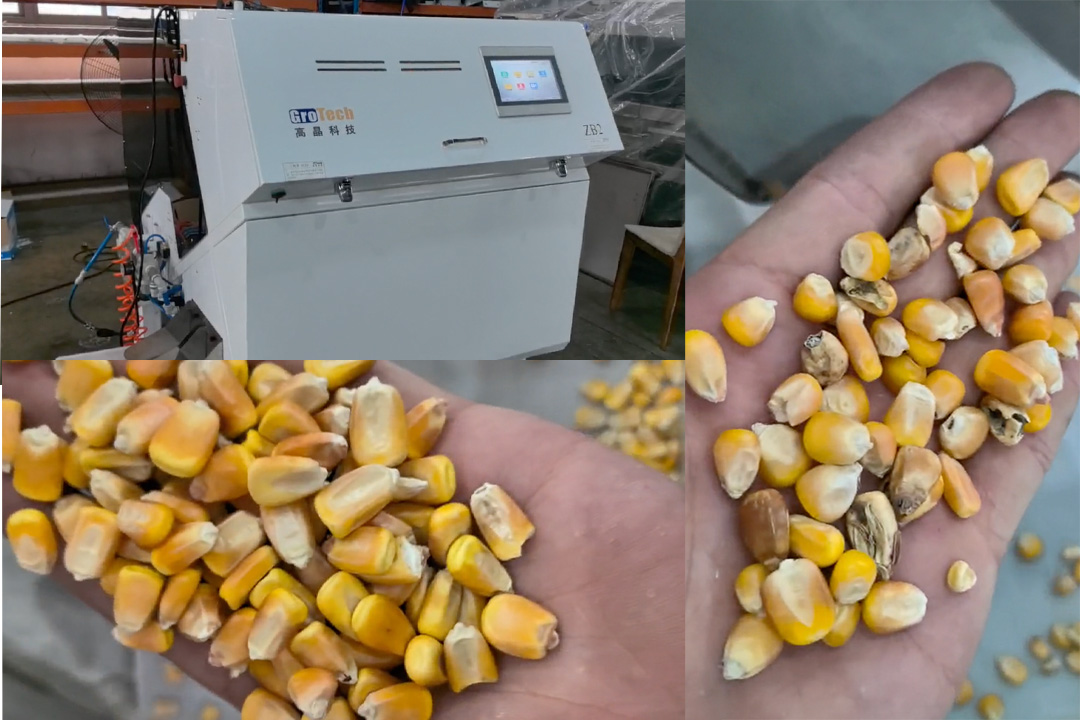Fluorine-lined centrifugal pumps are mainly used to transport corrosive chemical media. Since the corrosion-resistant fluoropolymer lining (PTFE or FEP) is applied to the inner wall of the pump and key flow parts (impeller, housing, etc.) through high-temperature sintering, a dense protective layer is formed, which completely isolates the contact between the medium and the metal. This enables the fluorine-lined centrifugal pump to resist the erosion of a variety of chemical substances, making it the "industry darling" for corrosive fluid transportation.
I. Applicable media for fluorine-lined centrifugal pumps

1. Strong acids
Typical examples: concentrated sulfuric acid, hydrochloric acid, nitric acid, hydrofluoric acid, phosphoric acid
2. Strong alkalis
Typical examples: sodium hydroxide (caustic soda), potassium hydroxide, ammonia
3. Organic solvents
Typical examples: benzene, acetone, carbon tetrachloride, ester solvents
4. High purity and food grade applications
Main application scenarios: electronic grade hydrofluoric acid, pharmaceutical intermediates, food additives
II. Main advantages of fluorine-lined centrifugal pumps

1. Excellent chemical stability
The fluorine polymers in fluorine-lined centrifugal pumps are "immune" to more than 200 chemicals, especially in mixed acid environments (such as nitric acid + HF pickling solution) and alternating corrosion conditions.
2. Wide temperature range
Low temperature performance: PTFE lining of fluorine-lined centrifugal pumps remains flexible at -196°C (suitable for liquid nitrogen delivery)
High temperature resistance: FEP material of fluorine-lined centrifugal pumps can withstand 150°C continuously and short-term temperature resistance up to 200°C (e.g. hot concentrated sulfuric acid)
3. Enhanced comprehensive performance
Impenetration resistance: High crystallinity and tight molecular structure prevent medium penetration
Wear resistance: Carbon fiber/glass fiber modification triples wear resistance
4. Cost-effectiveness
Service life: 5-8 years for fluorine-lined centrifugal pumps (the longest among corrosion-resistant chemical pumps)
Reduced maintenance: fluorine-lined centrifugal pumps have fewer wearing parts, enhanced durability, and lower TCO
III. Operational considerations for fluorine-lined centrifugal pumps

1. Material compatibility
Avoid:
Reactive media (molten alkali metals: Na, K)
Certain fluorinated solvents (e.g., perfluoroethers that cause expansion)
2. Operational limits
Temperature threshold: PTFE ≤180°C, FEP ≤150°C
Solid content: When the solid content exceeds 5%, use an open impeller or wear-resistant lining
3. Key practices
Prevent dry running of fluorine-lined centrifugal pumps (fluorine polymers have poor thermal conductivity and there is a risk of overheating)
Drain the medium thoroughly during long shutdowns to avoid crystal accumulation
Professional consultation is recommended
For the best selection of fluorine-lined centrifugal pumps, consult a certified engineer or technical expert. Changyu Pumps and Valves - a leading manufacturer of fluorine-lined centrifugal pumps - is ready to provide tailor-made solutions!















